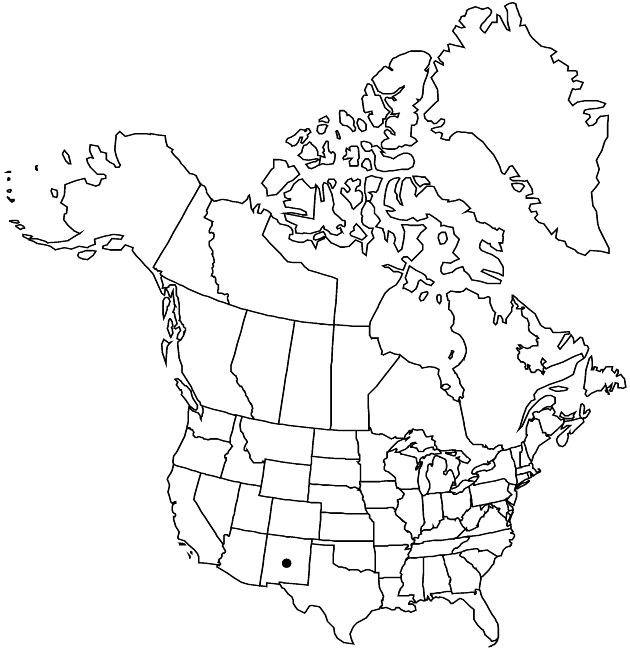Difference between revisions of "Erigeron hessii"
Brittonia 30: 440, figs. 1–5. 1978.
FNA>Volume Importer |
FNA>Volume Importer |
||
| Line 48: | Line 48: | ||
|publication year=1978 | |publication year=1978 | ||
|special status= | |special status= | ||
| − | |source xml=https://jpend@bitbucket.org/aafc-mbb/fna-data-curation.git/src/ | + | |source xml=https://jpend@bitbucket.org/aafc-mbb/fna-data-curation.git/src/8f726806613d60c220dc4493de13607dd3150896/coarse_grained_fna_xml/V19-20-21/V20_770.xml |
|tribe=Asteraceae tribe Astereae | |tribe=Asteraceae tribe Astereae | ||
|genus=Erigeron | |genus=Erigeron | ||
Revision as of 15:26, 18 September 2019
Perennials, 5–16 cm (often cespitose); rhizomatous, fibrous-rooted, thickened caudices or rhizomes branched, woody. Stems erect, loosely strigose to hirsute, eglandular. Leaves mostly basal (usually persistent); basal and proximal cauline blades oblanceolate to oblanceolate-spatulate, 20–50(–70) × 3–9 mm, distal bractlike (mid bases subclasping), margins entire with pair of teeth, faces glabrous or sparsely strigoso-hirsute, eglandular. Heads 1(–3). Involucres 5–6 × 8–13 mm. Phyllaries in (2–)3–4 series (usually purplish), coarsely strigoso-hirsute along midribs, sparsely to densely minutely glandular (glands sometimes obscured by hairs). Ray florets 44–75; corollas white to lavender, 8–13 mm, laminae coiling slightly at tips. Disc corollas 2.6–3.1 mm. Cypselae 1.1–1.3 mm, 2-nerved, faces sparsely strigose; pappi: outer of setae, inner of 13–18 bristles.
Phenology: Flowering May–Jun.
Habitat: Andesitic dikes in otherwise rhyolitic rock, bedrock cracks in open areas, upper montane to subalpine conifer forests
Elevation: 2900–3100 m
Discussion
Of conservation concern.
Selected References
None.
